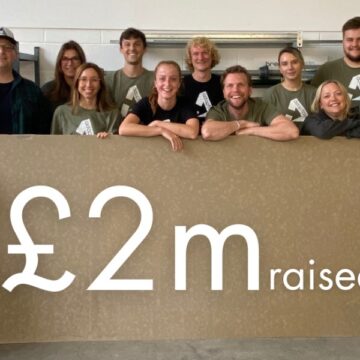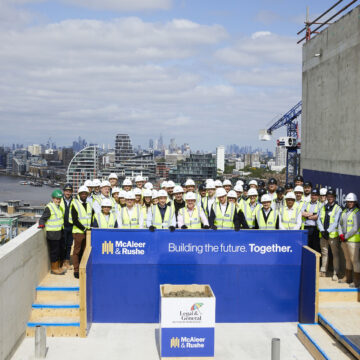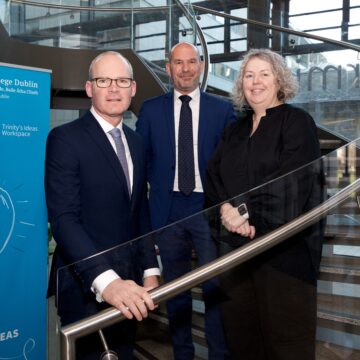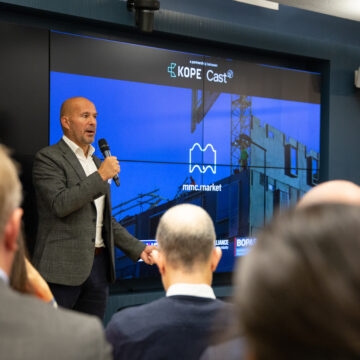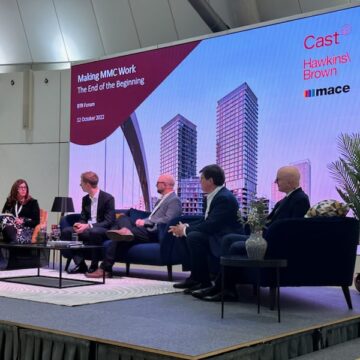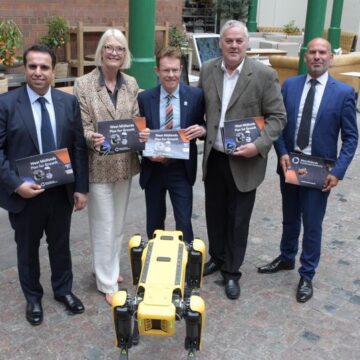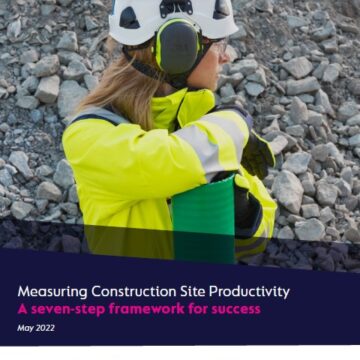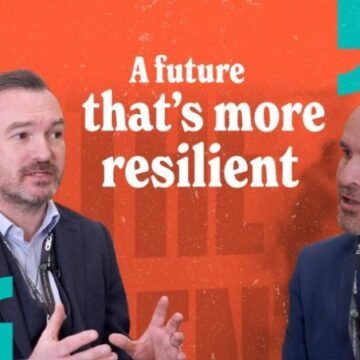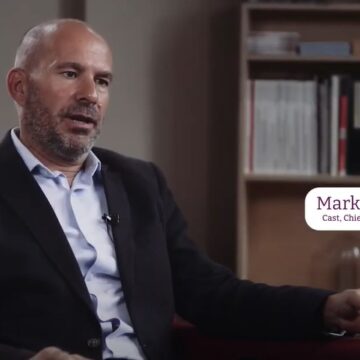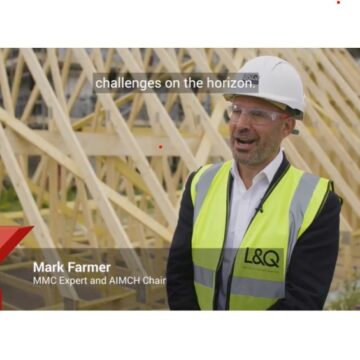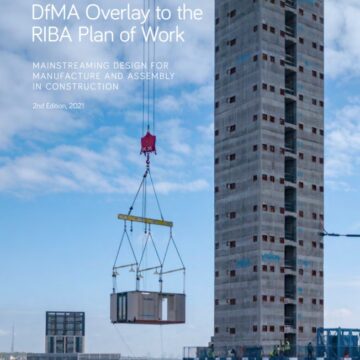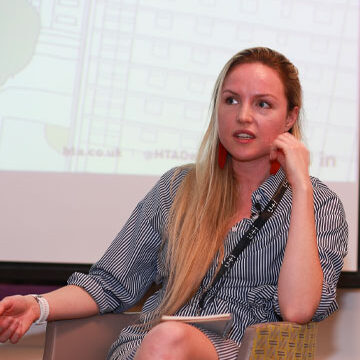With estimates varying between £30 billion and £50 billion of institutional money waiting to be invested into UK build to rent by 2020, 2016 could be the year that the build to rent sector steps out of the shadows turning hot air into homes. Many in the property and political world have backed this sector to deliver a proportion of the new homes that Britain needs. Clearly however, far more needs to happen to turn this into reality.
Innovation in residential investment should spur on further innovation in construction – which has been one of the biggest barriers to solving the wider housing crisis.
Build to rent schemes could be the catalyst the construction industry so desperately needs to be able to embrace a more modern approach to how it serves its customers. With increased upfront pressure on construction costs now threatening viability on many residential schemes, there is a growing realisation that the use of traditional methods alone will perpetuate the recurring issues of cost inflation and delivery uncertainty.
By linking the longer-term financial model that sits behind institutional build to rent investment combined with the fundamental issue of under supply of this specific tenure, there is a chance for the construction sector to inject long term, counter cyclical thinking into its own investment decision making and start looking at the advantages of moving production towards a more hi-tech, factory-based process. The industry’s challenges in recruiting more people to replace an ageing workforce are well documented. The move to modernising the industry will not only improve it’s output and efficiency which will impact housing delivery, but will also make it more attractive to potential new entrants, a double-edged benefit.
Around 20 years ago Sir John Egan took on the task of dragging construction into the 21st Century, when deputy Prime Minister John Prescott commissioned him to look at how the industry should adapt. Modernising the industry, using fewer people onsite and prioritising training were all things that Egan focused on when his report was published in 1998. His report had a big impact at the time but its legacy has been muted through the process of cyclicality and inertia against change.
‘Off-site’, ‘modular’ and ‘automation’ are all terms that get used a lot, but until people understand the real world benefits of this approach, they’re likely to remain conceptual. Modern methods of construction means schemes can be completed quicker and if done at scale against a backdrop of demand certainty, cheaper than if you solely used onsite, conventional techniques. It will also take resource pressure off the traditional sector.
We need to make construction more like car manufacturing, which has embraced automation over the last 25 years, if we are to take the next step. This will inevitably mean less people are required, but at the same time, efficiencies and technology can be better employed and there should be improved certainty of cost, time and quality.
Indeed, it is no surprise that Bill Hughes, head of real assets at Legal & General IM, is one of the key proponents of this change. As with other build to rent companies, like Essential Living and Argent, L&G takes a long-term view on many things but also needs to compete with volume housebuilders who do not use a model that will support investment in a directly integrated supply chain.
Modular construction – which could be supported by large scale development programmes – could cut down operating costs and tenants’ utilities bills through increased envelope energy efficiency and airtightness.
Designing and constructing with maintenance and lifespan in mind is also critically important. Of course these sorts of methods aren’t appropriate for every site – it depends on size and location and it is also not suggested that this takes the place of traditional construction. This is more about using a different approach to support additionality of capacity where the model works. This ultimately will link to the funding and long term demand profile that sits behind the product. If the industry and indeed, government, plays its part in the technological revolution, it will have massive benefits for all. It’s already worked in other sectors, and it is already working in other countries such as The Netherlands.
We don’t want to be left behind, that’s why our new company Cast will focus on appropriate innovation, using new approaches where we can and where it is safe for our clients to be at the vanguard of change. We want to finish Egan’s job and finally drag construction into the 21st century.










